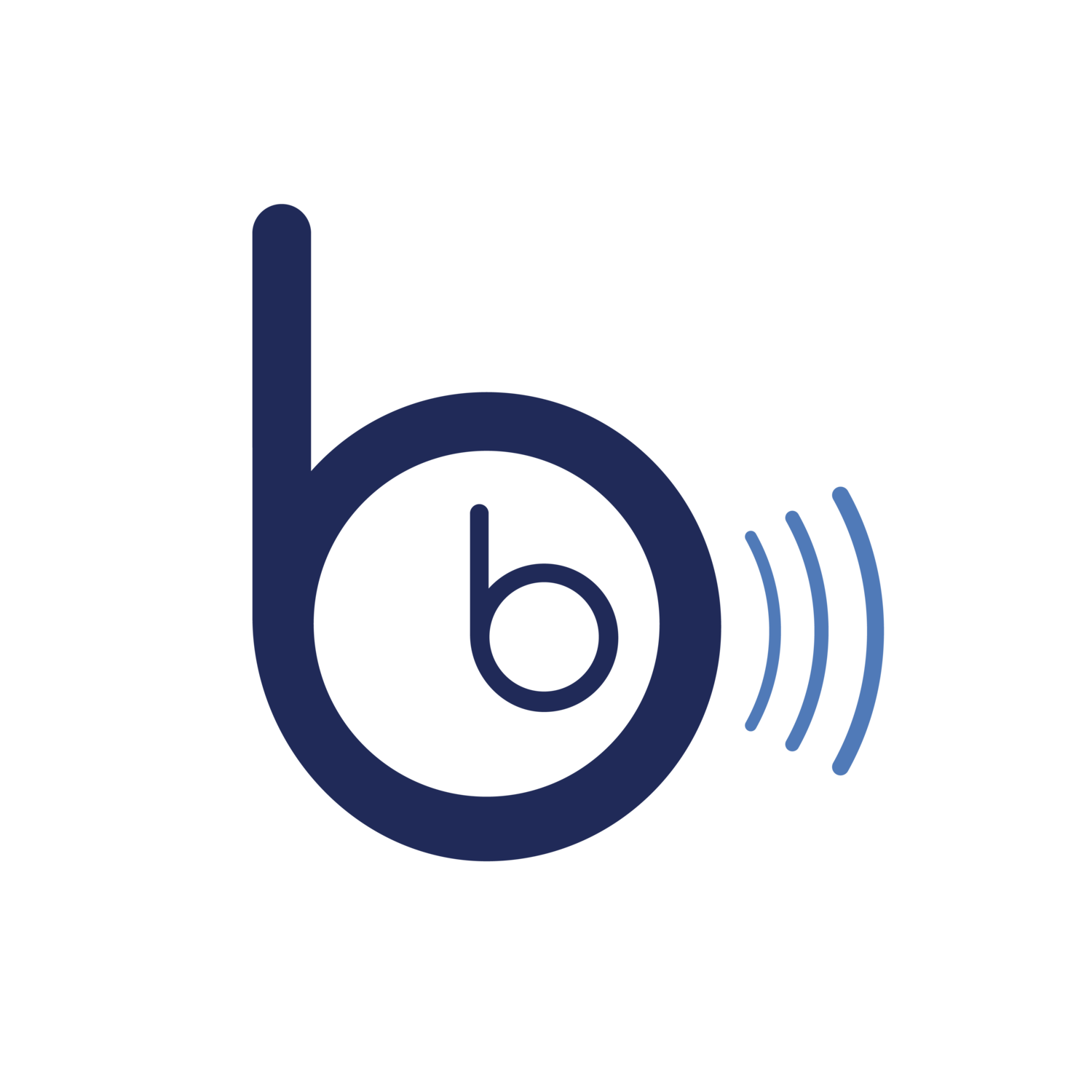5 Easy Care Tips for Ultrasound Equipment
Contributed by Jill Farr
Sonography is a valuable component of modern medical care, and while skilled sonographers are vital for the best diagnostics, the machines they use can be just as important. Regular maintenance and minor cleaning can prevent some issues down the line, and possibly defray expensive servicing and repair costs. We want machines to run optimally for improved lifespan, service flow, and best possible patient care.
We’ve put together a quick guide to cleaning up both the internal memory of the machine and the outer body since both are important for smooth optimal operation. Procedures will vary according to your model, so check your user manual for the best method on your machine.
1. Cleaning out the Archive Folder.
Every exam that is completed on a machine gets stored in the archive folder. Like any other computer, our machines only have so much storage, and if it gets too full it can cause the machine to slow down or stop working. It’s important to clear out the archive monthly, leaving just the previous month in the folder for reference.
To access the Archive Folder…
Click the Archive button. This is where you will find every exam that’s been completed on the machine up to the current date. You do not want to select “All” since you’re keeping one previous month, but select everything up to the beginning of the month you want to keep.
2. Cleaning Out the Spooler/DICOM Queue.
Exams that are unable to transfer fall into the Spooler or DICOM Queue. This also takes up storage space and can cause issues if it becomes too full. Checking this queue often and cleaning it out can help with machine performance.
There are two ways to get to the Spooler/DICOM Queue. Utilities→ System Set-Up→Set-Up Menu→Connectivity→Device Set-Up→DICOM Queue Status where you can clear the storage. (Alternatively, you can click the Spooler button and end up at the same location, but not all machines have a Spooler button.)
3. General Dusting.
A weekly wipe down of the entire machine to include the keyboard and trackballs is good practice to keep dust, gel or debris from interfering with the normal operation of the machine.
4. Probes/Cords.
The probes and cords are extremely delicate and need to be taken care of properly. When cleaning the probe, give the cord a gentle swipe and straightening out as well. The cords have tiny wires inside that can be compromised and lose their ability to function if in a constantly tangled state.
5. Air Filters.
Every machine has an air intake vent either on the front or the back of the machine. Some models have filters that can be taken out and vacuumed; if your machine doesn’t have a removable filter, you can simply vacuum the air intake area. This should be done at least once a month or bi-weekly, depending on how many days a week the machine is in service; it can prevent overheating and freezing.
These simple procedures may seem like trivial chores, but the regular clearing of an ultrasound machine’s memory and the removal of dust and other material build-ups from its outer components can pay big dividends by forestalling the problems they might cause if left unaddressed. The ultrasound machine is what enables us to do what we do…let’s keep it clean!

